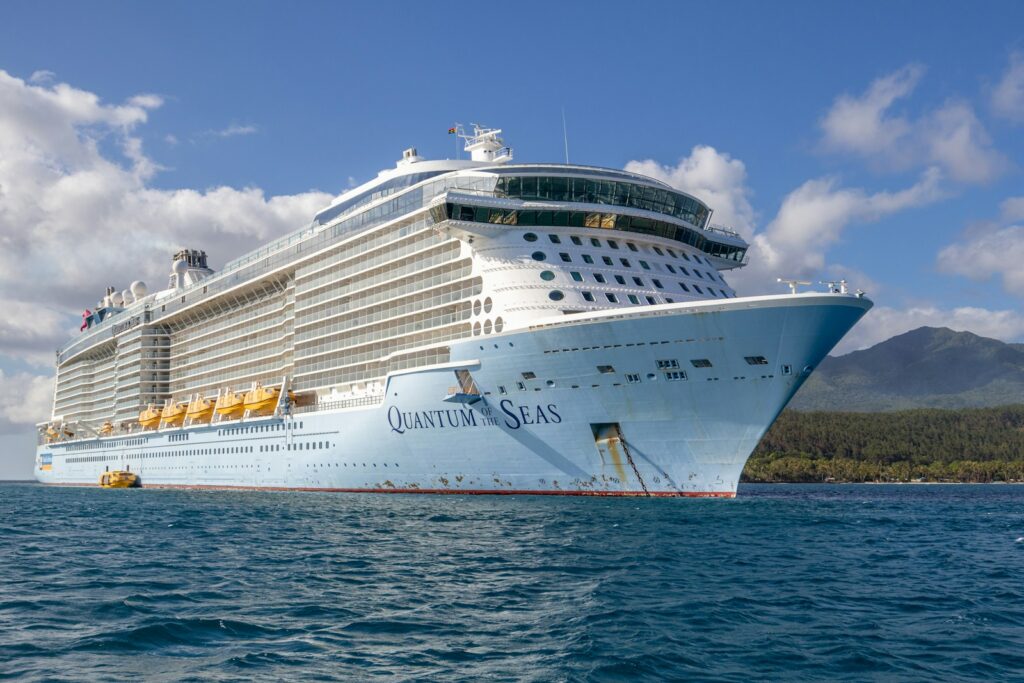
Ever wondered what it would be like to trade in your life on land for a permanent address at sea? It might sound like something out of a novel or a far-off dream, but calling a cruise ship home for extended periods, or even indefinitely, is becoming a reality for a growing number of people. Thanks to new concepts like years-long voyages and dedicated residential ships, the lure of the open ocean as a place to live has never been more appealing.
The idea of living a life of constant travel, waking up in new destinations without the hassle of packing and unpacking, and having your living space and daily needs taken care of holds a powerful appeal. For some, it offers a sense of freedom and adventure unmatched by traditional land-based living. For others, it’s a surprisingly practical, even affordable, alternative to retirement or maintaining a home, especially when you factor in the included amenities and lack of utility bills or property taxes.
This lifestyle isn’t just for the ultra-wealthy anymore, though luxury options certainly exist. A range of possibilities is emerging, from booking consecutive traditional cruises to purchasing a cabin on a ship specifically designed for long-term residents. Let’s take a look inside this fascinating world, exploring the experiences of those who have embraced life at sea and the ventures making it possible.
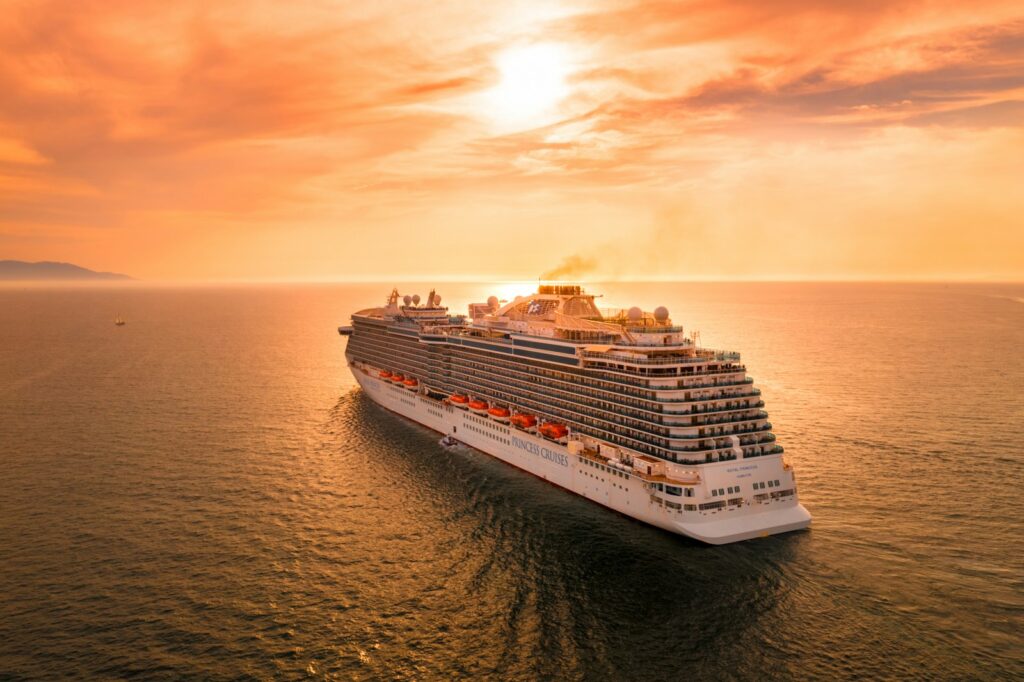
1. **The Growing Appeal of Living on a Cruise Ship Full-Time**: While it might seem like a niche choice, living onboard a cruise ship is steadily gaining popularity. It’s a lifestyle that offers a unique blend of travel, community, and convenience that many find incredibly compelling. The development of ships designed for extended or even ‘never-ending’ voyages, combined with the fact that, in some cases, owning a cabin can be cheaper than buying a home on land, has opened this possibility to a wider audience than ever before.
For those who feel restless staying in one place for too long, moving home makes perfect sense. It’s often described as a dream lifestyle, filled with endless travelling, few worries, and constant pampering. Comparing it to a typical workday is quite telling—it certainly beats commuting to the office for your 9-5 job any day of the week. This fundamental desire for constant movement and curated experiences is a core driver for many choosing this path.
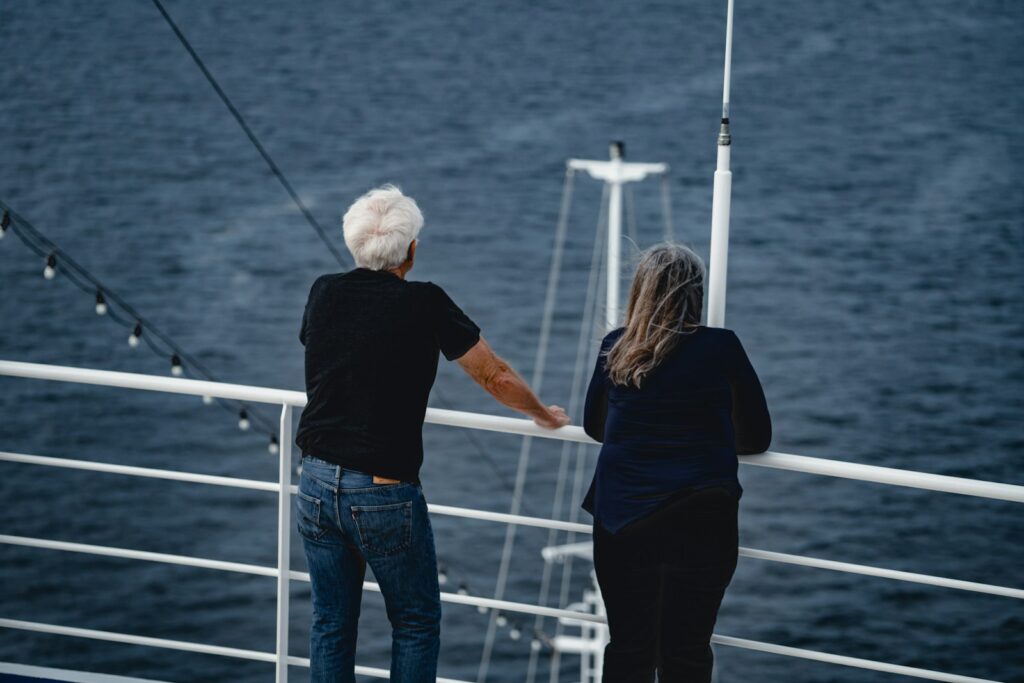
2. **Angela and Steve’s Journey on Villa Vie Odyssey**: Among those embracing this lifestyle are Angela and Steve, who share their adventures with followers online as MidLife Cruising. For them, the decision to make the lifestyle change was deeply rooted in their shared enjoyment of travelling. They found that staying in one place for too long could sometimes bring an overwhelming sense of unsettledness, leading them to the realization that moving home was the perfect solution for their needs and desires.
Last year, they took a significant step by purchasing a cabin aboard the Villa Vie Odyssey cruise liner. This particular ship is designed for long-term living, offering passengers an extensive three-and-a-half-year journey that calls on hundreds of ports across the world. Choosing this vessel allowed them to align their lifestyle with their passion for exploration and to become immersed in the culture of every city they visit, thanks to the activity-packed itineraries offered by Villa Vie.
One key aspect of their story is the financial reality. They recently documented their typical monthly expenses in a video. For the month of January, their total spend was $1963.50. However, this figure included a substantial inland trip to visit Machu Picchu costing $553.83, which they subtracted as a large, non-normative expenditure. After accounting for this excursion and adding in other costs like phone bills and restocking items while in port, their grand total for the month came down to $1462.14. Broken down daily, this averages out to $47.16 for the couple, though they noted that sea days, where the ship is traveling between ports, cost them a grand total of $0. As Steve humorously put it, ‘The bank account likes sea days.’
3. **Sharon Lane’s 15-Year Adventure**: Another inspiring individual who has chosen the perpetual cruise lifestyle is 77-year-old Sharon Lane. She made a significant life change last month, moving out of her retirement village in Orange County, California, to embark on what she describes as her “dream adventure”: a 15-year trip around the world. Lane chose to invest in her own cabin on Villa Vie’s Odyssey, drawn to its billing as the first perpetual world cruise where passengers can book a “permanent home” on board.
Lane joined the Odyssey in June, dedicating her life savings to purchasing an interior cabin that would be hers for the ship’s entire lifetime voyage. She shared her long-held aspiration with CNN Travel, stating, “I’m finally able to do what I’ve wanted to do for years.” Her understanding of the commitment is clear and straightforward: “I buy the cabin, I live in the cabin, and that’s it. And then there’s no end.” Despite some initial delays the ship experienced before her boarding, Lane felt confident that the vessel had “worked out the kinks.” Her motivation for this life change was also tied to a desire for simplicity, explaining, “I don’t want complications in my life, I’m at a point in my life where I want simplicity.”
Despite the initial steep cost of purchasing the cabin, Lane firmly believes she is getting great value for her investment. Her payments cover a wide range of services that simplify her daily life. These include meals, drinks (with alcohol included at dinner), Wi-Fi access, and medical visits. Additionally, her package provides convenient services such as room service, weekly housekeeping, and biweekly laundry service. She highlighted the practical benefits, explaining, “I don’t have to do my laundry anymore. I don’t have to do grocery shopping.” Furthermore, she pointed out a significant financial advantage, stating, “Living on the ship is much less expensive than living in Southern California,” directly comparing the cost to her previous living situation. Her 15-year journey is just beginning, and while the option to sell or rent her cabin exists, she has no current plans to shorten her trip, embracing the concept of “no end” to her adventure, perhaps even considering the company’s next ship in the distant future.
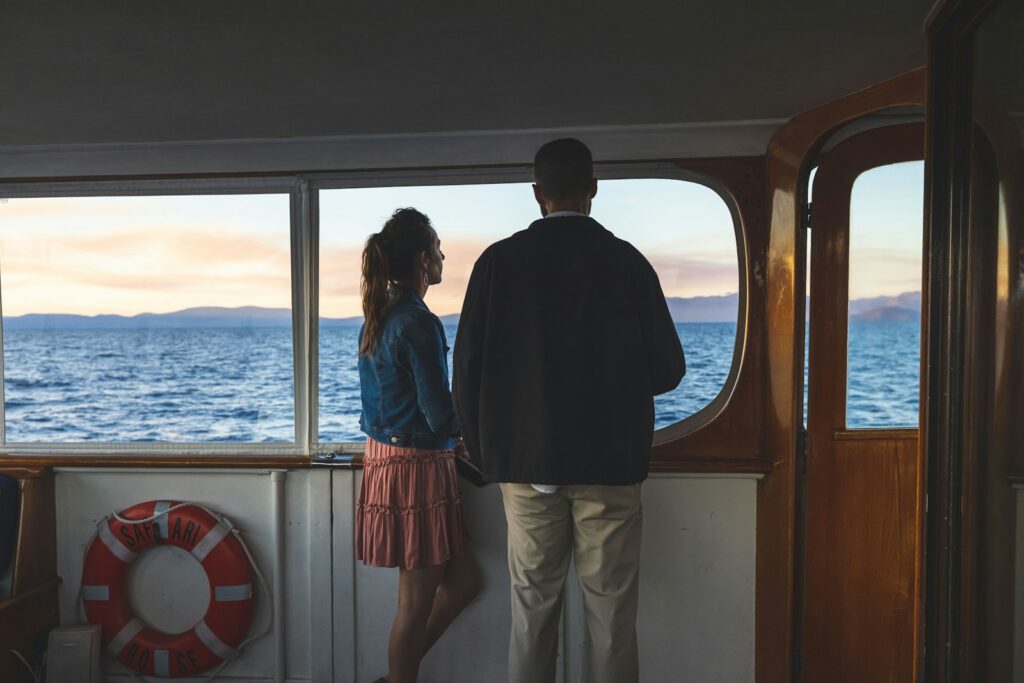
4. **Johan and Lanette’s Financial Reality Check**: Adding to the tapestry of life at sea are Johan Bodin and Lanette Canen, another American couple who are eight months into their own 15-year journey living on the Villa Vie Odyssey. Like many perpetual cruisers, they frequently encounter surprise when they reveal the secrets of their lifestyle and its actual cost. They make it clear that you don’t have to be wealthy to make this happen, emphasizing that for them, it simply “makes financial sense.” They describe their new lifestyle as “fantastic,” stating, “We couldn’t have wished for anything else.” They see themselves as “curious people” who were at the right age to embark on this adventure.
The couple openly shared their expenses to demystify the financial aspect. They purchased their cabin for approximately AUD $155,000. On top of that initial investment, they pay an all-inclusive fee of around AUD $5430 per month for the next 15 years. They highlighted the affordability of this arrangement, noting that this cost is “half the price” of what they used to pay for living expenses in Maui, where they resided previously. A comparison even showed that life on Villa Vie is cheaper than the cost of living in Sydney, Australia, especially considering their monthly fee is locked in, unlike land-based costs that rise with inflation.
Beyond the direct costs, they appreciate the added benefits, such as the ease with which their family can visit. Family members can stay on board for free for up to 28 days a year, and after that, it’s only $33 per day. They found this particularly valuable, stating, “It’s fantastic we’ve already had several visitors.” Looking ahead, they have no immediate plans for extended stays on land, planning to circumnavigate the globe every three and a half years and perhaps take longer vacations after completing a full cycle. They see this as the future, especially with the rise of remote work, and offer simple advice to others considering it: “If you’re not tied down, just try it out! They have a try-before-you-buy program, so you can test it out and see if you like it.”
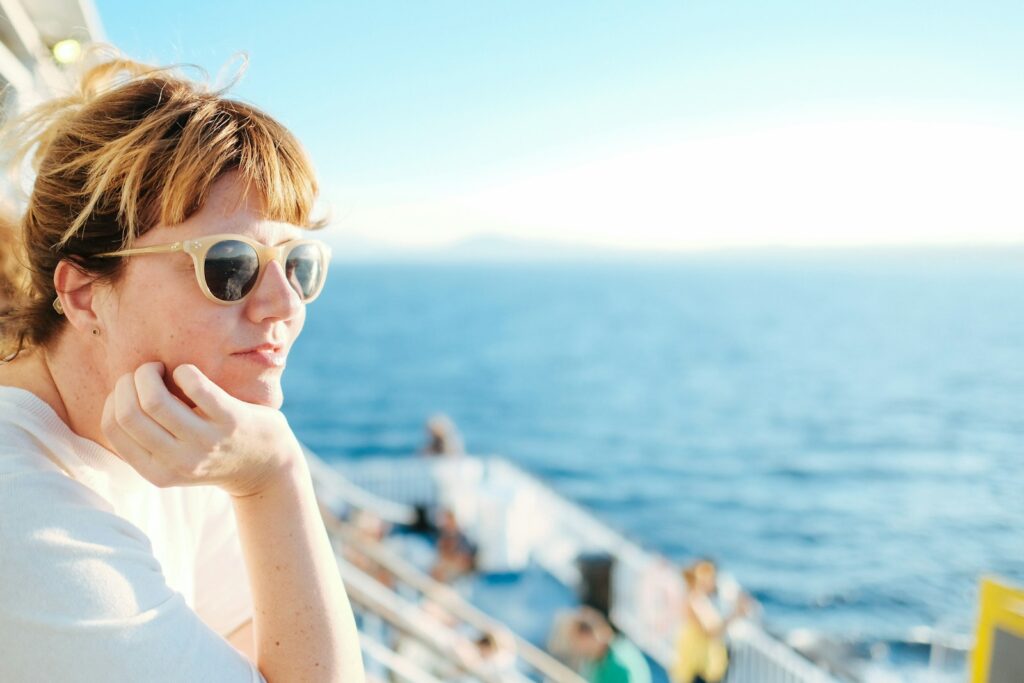
5. **Christine Kesteloo’s Unique Experience**: Christine Kesteloo offers a different perspective on living at sea, one rooted in family connection. Unlike those who purchase cabins or book back-to-back cruises, Christine spends half of every year living on various cruise ships because her husband works as the chief engineer. This unique arrangement allows her to explore the world extensively, having visited over 108 countries and spent time in numerous stunning destinations over the past 12 years, all without the direct cost of a ticket or cabin.
Her life onboard provides a fascinating blend of being a guest and being connected to the crew. She enjoys free food and accommodation for the duration she is on the ship, a perk she has benefited from for over a decade. Beyond the essentials, she also receives a 50 percent discount on extras like soft drinks, alcoholic beverages, items from onboard shops, and spa treatments. She likened her situation to being “on vacation every day,” highlighting the relaxed pace where her biggest decisions revolve around leisure activities like deciding whether to attend teatime, relax in the sun, or participate in a wine tasting.
However, life as a ‘wife on board’ (WOB) also comes with some specific rules, particularly concerning guest interactions and activities that could be perceived as having an unfair advantage. Christine revealed a surprising rule: she is not allowed to gamble in the casino or play bingo. She explained the reasoning candidly, stating, “I am not allowed to sit at a slot machine and play my heart out until I win because it would look a little weird if I, as the wife of the chief staff engineer, won a big jackpot.” The same prohibition on winning applies to bingo prizes. Furthermore, she makes a conscious effort to prioritize guests’ experiences, explaining, “If the pool is packed, I make sure to get off and give the guests a seat, it’s just the right thing to do.” She understands the importance of ensuring guests have the best time and feels a crew member (or spouse) taking a prime spot isn’t appropriate.

6. **The World: The Original Luxury Residential Ship**: When discussing living on cruise ships full-time, it’s essential to mention The World, which pioneered the concept of residential cruising. Launched in 2002, The World is not a typical cruise ship but a private residential community at sea, setting the bar for luxury life onboard. Its target demographic is exclusively multi-millionaires, reflected in the cost of residences, which range significantly from $2.5 million to $15 million. It operates more like a floating condominium complex than a traditional cruise liner, owned entirely by its residents.
Over its extensive history, The World has truly lived up to its name, visiting more than 1,000 ports in over 120 countries and completing a circumnavigation of the globe every two to three years. This extensive itinerary allows residents to experience a vast diversity of cultures and landscapes without ever having to leave their home. The ship itself is often described as a unique hybrid, combining the intimate service and privacy of a private yacht with the extensive amenities and quality of a six-star hotel, offering a lifestyle of unparalleled luxury and global exploration.
The amenities and facilities aboard The World are commensurate with its high-end positioning. It accommodates up to 200 residents and their guests, providing a range of world-class options for dining, recreation, and enrichment. Residents have access to four distinct restaurants, putting greens for golf enthusiasts, and remarkably, the only full-size tennis court found at sea. Additional facilities include multiple pools, a comprehensive library, a lecture theater for educational talks, and a cinema, ensuring a rich and engaging life onboard regardless of the ship’s location. Its schedule is planned years in advance, taking residents to diverse regions each year, from the Americas to the Mediterranean and beyond.

7. **Villa Vie Odyssey: The “Affordable” Option Takes Sail**: Positioned at a different segment of the residential cruise market is the Villa Vie Odyssey, often highlighted as the first affordable residential vessel. After facing several delays that led some to be cynical, the ship finally set sail on its maiden three-and-half-year world cruise. This vessel aims to make the dream of living at sea long-term accessible to a broader group of people than ultra-luxury options like The World, though it still represents a significant financial commitment. The ship is planned to visit a remarkable 425 destinations across 147 countries during its cycle.
The model for the Villa Vie Odyssey involves purchasing a cabin, or ‘villa,’ which provides long-term security and a sense of permanence. Cabin prices range from $129,999 for an interior cabin up to $439,999. On top of the purchase price, residents pay monthly fees, which start at $2,000 per person for double occupancy or $3,000 for single residents in interior cabins, with fees increasing for outside cabins. While designed for residents, the company also offers shorter voyage segments, ranging from 35 to 120 days, and even markets a 301-day world cruise for 2027, allowing others to experience the residential concept for shorter periods. Approximately 60% of the passengers on board own their cabins, indicating a strong commitment to the long-term cruising lifestyle on this vessel.
The ship itself is a refurbished vessel, the former Fred Olsen Braemar, originally built in 1993. Villa Vie Residences acquired the 31-year-old ship in 2023 and undertook an extended four-month dry dock refurbishment in Belfast, Northern Ireland, at a historic yard. The ship measures 542 feet long, features eight decks, and contains 485 cabins, with a capacity to carry up to 650 residents. The refurbishment transformed the ship and updated its amenities, which now include a pub, a cocktail bar, a business center, a pool on the top deck, a fitness center, a medical room, a main dining hall, and a spa. Additional amenities listed on Villa Vie’s website for residents include a pickleball court, various shows and performances, wellness classes, and planned social events ranging from elegant dinners to casual meet-ups, all contributing to the community aspect of life onboard.
Picking up where our exploration left off, we’ve seen how living at sea is becoming a tangible reality for more people, whether through purchasing a stake in a residential ship or even accompanying a working spouse. But the landscape of perpetual cruising is dynamic, filled not only with successful ventures but also ambitious plans for the future and, inevitably, some projects that haven’t quite made it off the ground. Understanding this broader picture gives us a clearer view of just how this unique lifestyle is evolving and the diverse forms it might take.
From ultra-luxury floating homes to more community-focused vessels, developers and operators are proposing different models to cater to various desires and budgets within this niche market. It’s fascinating to look at the range of ideas being put forward, each promising a unique way to see the world without leaving the comfort of your own moving home. These ventures, whether currently sailing or still on the drawing board, underscore the growing interest in trading a static address for a life of continuous global discovery.

8. **Life At Sea: A Venture That Didn’t Set Sail**: Not every dream of a perpetual world cruise comes to fruition, and the story of Life At Sea serves as a notable example of the challenges inherent in launching such a complex undertaking. This venture, planned as a subsidiary of the Turkish company Miray Cruises, aimed to offer passengers an incredibly ambitious 130,000-mile world voyage, allowing them to visit destinations across the globe over a prolonged period. Many hopeful residents invested significantly, packing up their lives and preparing for this epic journey.
However, the project faced insurmountable obstacles. Just days before the planned departure in 2023, the entire initiative was abandoned. The primary reasons cited were a critical lack of funding and, crucially, the failure to secure a suitable ship; the company had intended to purchase a vessel from the German line Aida, but another cruise firm, Celestyal, acquired it instead. This left passengers, many of whom had already traveled to Istanbul ready to board, in a precarious situation, highlighting the risks involved in these nascent ventures.
The fallout was significant for those who had committed to the voyage. The company, Life At Sea Cruises, subsequently filed for Chapter 7 bankruptcy in Florida, leaving customers owed substantial amounts. One disappointed passenger, Jenny Phenix, shared her plight, stating she was owed $30,000 and was left “homeless with everything packed” to begin her three-year journey when the cancellation was announced. The owner of Miray Cruises, Vedat Ugurlu, attributed the investors pulling out to unrest in the Middle East, underscoring how global events can impact even the most ambitious travel plans.
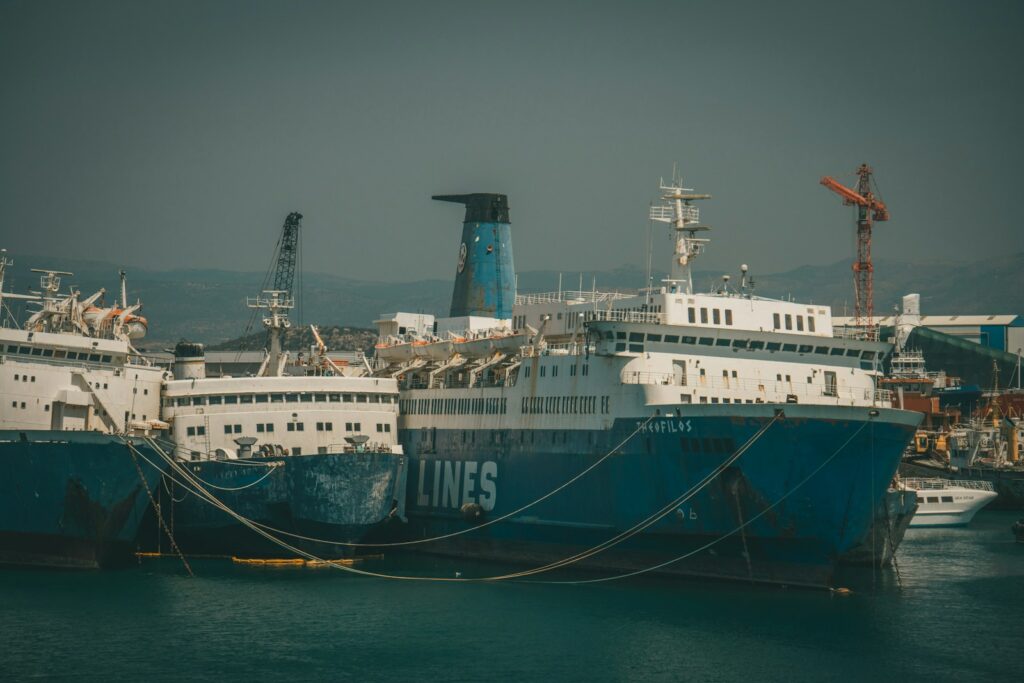
9. **Crescent Seas: A New Player Enters the Ring**: Looking towards the future, Crescent Seas is a new venture aiming to establish its presence in the residential cruising market, spearheaded by cruise industry veteran Russell Galbut, who brings extensive experience from his long tenure on the board of Norwegian Cruise Line Holdings. The company has ambitious plans to launch a fleet of five ships, starting with the acquisition and transformation of existing luxury vessels before introducing a purpose-built ship. This phased approach seems designed to leverage existing, proven platforms while working towards a custom design tailored specifically for long-term residents.
Their initial strategy involves acquiring and significantly upgrading two well-regarded ships: the Regent Seven Seas ship Navigator is slated to join the fleet in 2026, followed by Oceania’s Insignia in 2027. Both vessels are earmarked for a substantial $50 million makeover, indicating a commitment to elevating them to a standard fitting for residential life at sea. This level of investment suggests a focus on high-end amenities and luxurious living spaces, likely targeting a demographic similar to, or perhaps slightly below, the ultra-exclusive market segment.
Residences on these initial Crescent Seas ships are projected to be on the higher end, with top suites expected to cost between $8 million and $10 million, positioning them firmly in the luxury residential category. The long-term vision includes seeking two more vessels for 2028 and 2029, culminating in the launch of a purpose-built ship named The Ocean in 2032. Russell Galbut expressed confidence in the plan, stating that while the acquired ships “are gorgeous today,” they “will make them brand new and modern,” aiming to redefine the onboard experience for their residents.

10. **Storylines: Building a Community at Sea**: Storylines is another company with grand plans for a purpose-built residential ship, the Narrative, though its journey to launch has seen delays. Initially planned for delivery in 2023, construction at the Brodosplit yard in Croatia has yet to commence, pushing the expected delivery date back to 2028. Despite the setbacks, the vision for the Narrative is certainly impressive, promising a wealth of amenities designed to foster a vibrant community and provide residents with extensive options for leisure and enrichment.
The design calls for an array of facilities that go well beyond typical cruise ship offerings, including 20 restaurants and bars, a unique garden/farm concept, a microbrewery, a bowling alley, and a substantial 10,000-book library. With plans for 530 residences costing up to £7.6 million each, the ship is clearly aimed at a high-end market, but the emphasis on diverse amenities like a dog park and a marina deck—allowing direct access to the water for activities like jet skiing and kayaking—suggests a focus on an active and engaged lifestyle for its residents. The marina deck even allows passengers to “plunge straight into the ocean” when the ship is moored, a truly unique feature.
The delays in construction are attributed by CEO Alister Punton to the lingering effects of the pandemic and the Russia-Ukraine conflict, factors that have impacted global supply chains and shipbuilding capabilities. Despite this, Punton remains optimistic, expressing excitement to be “moving forward with the construction.” The perspective of buyers like Suzanne Lankes reinforces the appeal of the concept; she is prepared to wait, believing Storylines will offer a “much more relaxing experience” with “days in every port,” seeing a residential ship as truly a “lifestyle, not just a cruise.” The plan includes communal lounge areas with cooking facilities, meaning residents can host dinner parties with the crew handling the cleanup, and cabins will feature fridges, pantry space, and basic equipment like toasters and microwaves, blending private convenience with shared amenities.

11. **Ulyssia: The Apex of Ultra-Luxury Cruising**: At the absolute pinnacle of the planned residential cruise market is Ulyssia, a project specifically designed for the “richest of the rich.” With only 133 residences available and prices starting at a staggering $10 million, soaring as high as $90 million, this vessel is positioned as an exclusive floating haven for the ultra-wealthy. The features planned are commensurate with this price point, including remarkable amenities like two helicopters and two submarines, offering unparalleled access to explore both aerial and underwater environments from your doorstep.
Beyond the luxurious features and extreme exclusivity, Ulyssia is also aiming for ambitious sustainability goals. The plan includes utilizing green methanol fuel, state-of-the-art emission-free battery systems, and advanced waste treatment facilities, striving to be one of the most environmentally conscious yachts ever built. Construction is slated to begin in Germany in September 2025 and is expected to take four years, pointing to a delivery date around 2029. The founding team brings significant expertise, having previously managed and operated The World, suggesting a deep understanding of the unique demands and expectations of this ultra-high-net-worth demographic.
Security is also a paramount concern for a vessel of this caliber and clientele. Ulyssia’s design incorporates robust security measures, and the founding team reassures potential residents that they will be equipped to “detect and deal with any threats from the air, on the water, and underwater.” Their planned security team will comprise “several professionals with former Special Forces backgrounds,” emphasizing the extraordinary level of protection intended for this highly exclusive community. Ulyssia truly represents the cutting edge of what is possible in terms of private, mobile, and luxurious living on the global stage.

12. **Njord: An Ice-Strengthened Research Superyacht**: Njord is another exceptionally ambitious planned residential vessel, described as a private superyacht that will combine luxury living with unique exploration capabilities, including the ability to navigate challenging environments like the Poles thanks to its ice-strengthened hull. The ship is planned to house 117 residences, offering a more intimate community than some larger vessels but still providing a range of amenities and activities befitting a superyacht.
The features listed for Njord are truly extraordinary, including an executive helicopter and two submarines, alongside an underwater scooter, enabling residents to explore their surroundings in unprecedented ways, whether from the air, below the surface, or close to the ship. But the vision extends beyond personal exploration; the vessel will also be equipped for serious scientific and oceanographic research, allowing residents to contribute to a greater understanding of the planet’s oceans.
Sustainability is also a core component of the Njord project, with plans to utilize bio-methanol fuel and a hybrid electric power plant, aiming to leave “no carbon footprint in its wake.” While first unveiled in 2019 with a forecast to sail in 2025, updates from the owners, Ocean Residences, indicate that more information will be released soon, suggesting the project is still moving forward, albeit on a revised timeline. Njord represents a fascinating blend of ultra-luxury, scientific purpose, and adventurous exploration, appealing to a resident base seeking not just travel but meaningful engagement with the world’s marine environments.
As we’ve navigated the diverse landscape of residential ships, from those already sailing to the ambitious concepts planned for the future, it’s clear that the dream of making the world your backyard is taking many forms. Whether prioritizing affordability, ultra-luxury, wellness, or even scientific exploration, there are ventures emerging to cater to distinct preferences for life at sea. This journey isn’t just about escaping the routine of land-based living; it’s about embracing a continuous adventure, joining a unique community, and discovering what it truly means to call the ocean home. While challenges exist, from funding hurdles to operational complexities, the persistent innovation and unwavering enthusiasm of both developers and prospective residents suggest that the horizon for perpetual cruising is bright and full of possibility, offering a glimpse into a future where your home address is always moving, always exploring, and always just steps away from a new part of the world.”




